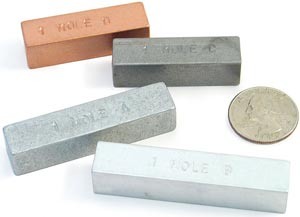Each year I purchase the Gro-Beast Alligators from Educational Innovations for my Fourth Grade class. These growing alligators start at about three inches long and grow to over a foot long when placed in water! From this one item, I have developed lesson plans that incorporate Math, Science, Reading, Social Studies, Writing, Technology, and Language Arts!
Observation is the first action taken by learners to acquire new information about an organism; therefore, the first thing my students do is observe their polymer alligator. The students in the picture below are in the process of measuring the length, weight, circumference, and area of their polymer alligators. Students in my class also trace their alligators on graph paper then they calculate the area of each and eventually compare the area of their small (dehydrated) alligator to that of their fully grown alligator. (Math & Writing & Language). These measurements are compiled into a line graph for each student’s crocodile which aids students in making predictions about the rate of future growth of their growing reptile. Read the rest of this entry »




 Posted by Tami O'Connor
Posted by Tami O'Connor 
